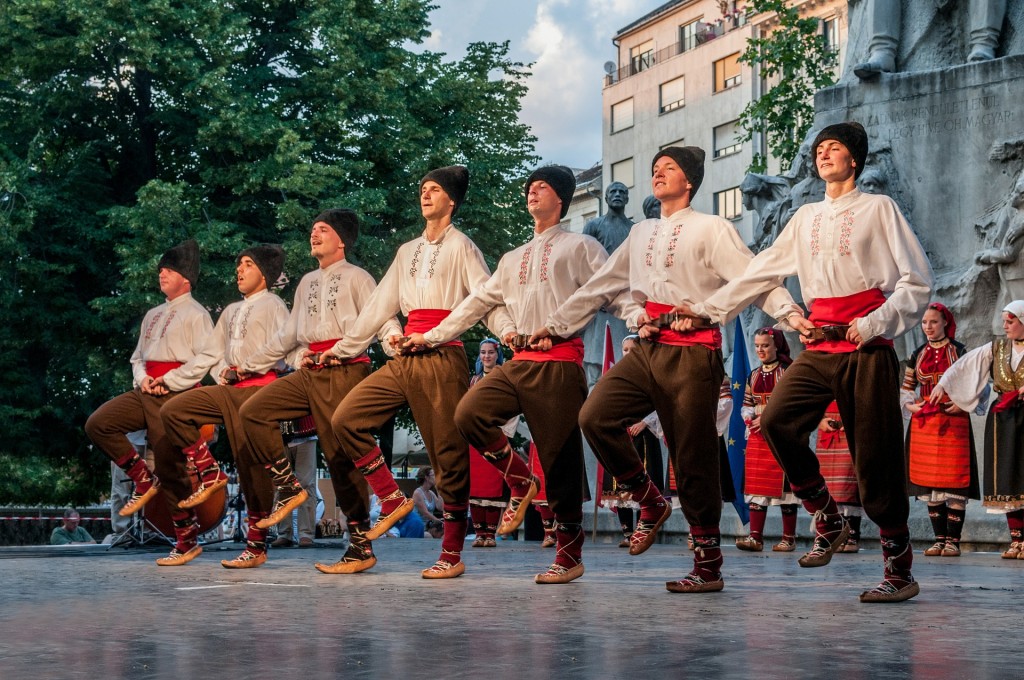
“If I were to name the composer whose works are the most perfect embodiment of the Hungarian spirit, I would answer, Kodály…His work proves the deep inner reason…his unshakable faith and trust in the constructive power and future of his people.”
Béla Bartók (1928)
In the third concert of our thirty-fourth season we draw on the three elements that most inspire, inform, and infuse the great music we admire from the depths of the Austro-Hungarian region.
Johannes Brahms’s Third Sonata for Violin and Piano (1889), the last of three full works with that title, is also the third to be presented in successive Novembers on our series. In this context it embodies the pure fantasy of a master at the height of his spiritual power taking leave of the earthy and familiar Hungarian references he enjoyed and employed in earlier works to seek the sublime. It is also the first of the two works written in 1889 that frame this program.
From pure fantasy and the sublime we turn to the Serenade for Two Violins and Viola (1919-20) by Zoltán Kodály where the spirit of the Hungarian folk is made evident in the jaunty rhythms and playful interactions among players. At the heart of this work, it’s middle movement –Lento, ma non troppo–Kodály creates a soundscape of night, and dream, onto which he allows fantastic utterances and recollections of the previous day to intrude. In the final movement we dance.
To conclude our concert we turn to Antonín Dvořák’s Piano Quartet in E-flat, Op. 87 (1889), first played in Prague in November of 1890. By this time Dvořák was enjoying recognition outside his native Bohemia, in Vienna, as a result of interest and intervention of Brahms and his publisher. The confidence and power of this work on the world stage are evident from the first notes. The unshakable faith and trust in the spiritual are there in the slow movement. But, it is in the third we are allowed into the warmth of the Bohemian hearth to hear the distant strumming of the balalaika. In the final movement, again, we dance!
Enjoy.
